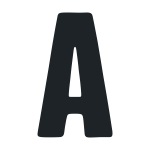This week's best things
Anonymous curators at Apple Music Classical, a zero-click AI vulnerability, the illusion of alignment in digital projects, crowdsourced visioning at the National Gallery, Excel as esport, and what playgrounds reveal about gender and space. Plus: shoes, stoops, and Karel Gott.

Ok, here are some good things (this newsletter can get cut off in some email clients, view the whole thing online here).
The mysterious Apple Music nerds saving classical music from extinction
A piece in the Telegraph about the people who provide the recommendations that feed into Apple Music's 'Heroes Shelf' on Apple Music's Classical homepage.
The snobbery in the first half of the piece is quite ridiculous/hilarious/entirely on brand (delete as you wish), a sample: "Your eye roams despairingly down the endless lists of crossover and ambient pap, looking for something real and substantial.", and "Among the top 10 there are two albums by that deeply serious and still fairly obscure mid-Baroque German composer and virtuoso violinist Heinrich Biber", but it's looking at an interesting thing - the role of actual human curation in a sea of algorithmic recommendations.
"But the remarkable thing about the taste-formers at Apple Music Classical is that they are entirely anonymous. I tried my hardest to winkle some names out of the company, but they wouldn’t even put a number on them. Some may regard this as sinister; I actually find it quite touching, because the condition of anonymity grants them total freedom. When taste is led ostentatiously from the front, fashion and social distinction affects people’s judgement. By contrast, the nerds (sorry, editors) at Apple Music Classical constitute a pure Republic of Classical Music. Unaffected by prestige, they are free to recommend what they love just because they love it."

A Single Poisoned Document Could Leak ‘Secret’ Data Via ChatGPT
Security researchers have discovered that allowing ChatGPT to connect to external systems can be exploited by hackers.
"The vulnerability highlights how connecting AI models to external systems and sharing more data across them increases the potential attack surface for malicious hackers and potentially multiplies the ways where vulnerabilities may be introduced.
“There is nothing the user needs to do to be compromised, and there is nothing the user needs to do for the data to go out,” Bargury, the CTO at security firm Zenity, tells WIRED. “We’ve shown this is completely zero-click; we just need your email, we share the document with you, and that’s it. So yes, this is very, very bad,” Bargury says."

The illusion of alignment
Ever been in a project where everyone seemed to be on the same page… until you realised you weren’t, and actually had wildly divergent (and conflicting) perspectives on what the work was trying to do?
Some thoughts (from me) about why that happens, why it’s so common in cultural organisations, and how to catch it early.
Although I prefer the way Adam Koszary described it in his newsletter: "Have you ever worked somewhere where everyone is too nice to point out bad ideas and just let them happen and everybody quietly seethes but they’re too polite to blow up about it, until someone does eventually blow up and gets sacked for gross misconduct? Then you may have worked in a UK cultural organisation."
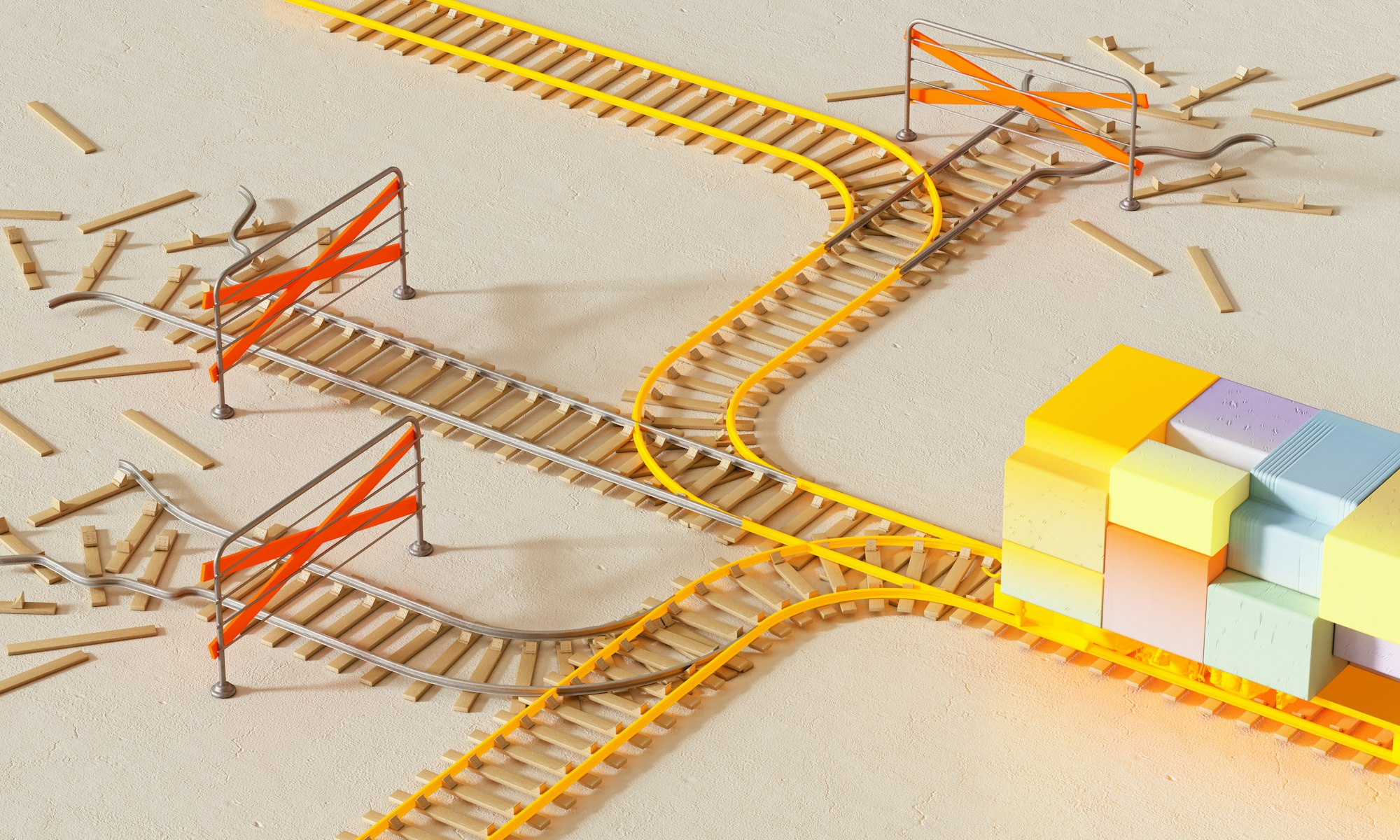
Aussie industry faces ‘hardest time’: Insiders speak out
A piece that describes the environment around making new shows in Australia, which mirrors (in many ways) the issues being felt in Europe (i.e. shifts in audience behaviour, massively increased costs, government funding at a standstill or reducing).
More evidence for the view that the existing models don't work any more.
"Making art has become “pretty challenging”, said Melbourne Fringe Festival director Simon Abrahams, who is seeing audiences booking tickets last minute.
He said the organisation’s core costs have soared by just over 50 per cent, compared to 2019, while government funding hasn’t kept pace.
“I really do believe there has never been a harder time to make art than right now simply because costs have risen, the income hasn’t risen at the same level, insurance is costing more, and the marketplace is unpredictable,” he warned."
National Gallery invites the public to help shape its future
And talking of new models, this announcement from the National Gallery.
"People from all four nations of the UK will be asked to help shape the future of the National Gallery in a pioneering five-year partnership: NG Citizens.
[...] The project will begin with a Citizens' Assembly of 50 participants, selected by a civic lottery. Invitations will be sent out to 15,000 households across the UK, with the final group reflecting the wide diversity of the UK - including individuals who have never engaged with the Gallery before. They will be invited to reflect on the Gallery’s purpose, priorities and public value, drawing on evidence from a wide range of experts and perspectives."

Arts Pay Survey 2025: Preliminary findings
Arts Professional's annual pay survey has released its initial findings.
The results are, not unsurprisingly, not great news.
"Freelance arts workers are earning an average annual salary 20.5% less than the benchmark set by the Living Wage Foundation’s ‘Real Living Wage’.
Preliminary findings from Arts Professional’s Arts Pay Survey 2025 reveal that freelance and self-employed workers earning the majority of their annual income from the arts are making a median average of £20,000, compared to the £24,570 calculated by a campaign dedicated to matching pay with the cost of living.
Compared to the figure recorded for the previous Arts Pay Survey, conducted in 2022, freelance arts professionals are making just 1% more than their average annual salary three years before, of £19,797."
Excelling in … Excel? Inside the high-stakes, secretive world of competitive spreadsheeting
This documentary sounds excellent, and this competition sounds...intense.
"The championship has run since 2002 and is open to students between the ages of 13 and 22. Each competitor first has to qualify as the best in their home country. For such an esoteric endeavour, the stakes are oddly high – the MOS championship only allows competitors to enter once in their lives.
“In most sporting competitions, you have your main players that come back every year and your very set rivalries – but for this competition, they can only compete once, so everyone that’s coming through can never come back,” Kraskov says.
“They qualify in their home countries at vastly different times around the world, so it made it really challenging for us – but as soon as anyone qualified in a country that we could go to, we would talk to them on Zoom, and work our way down from there.”"
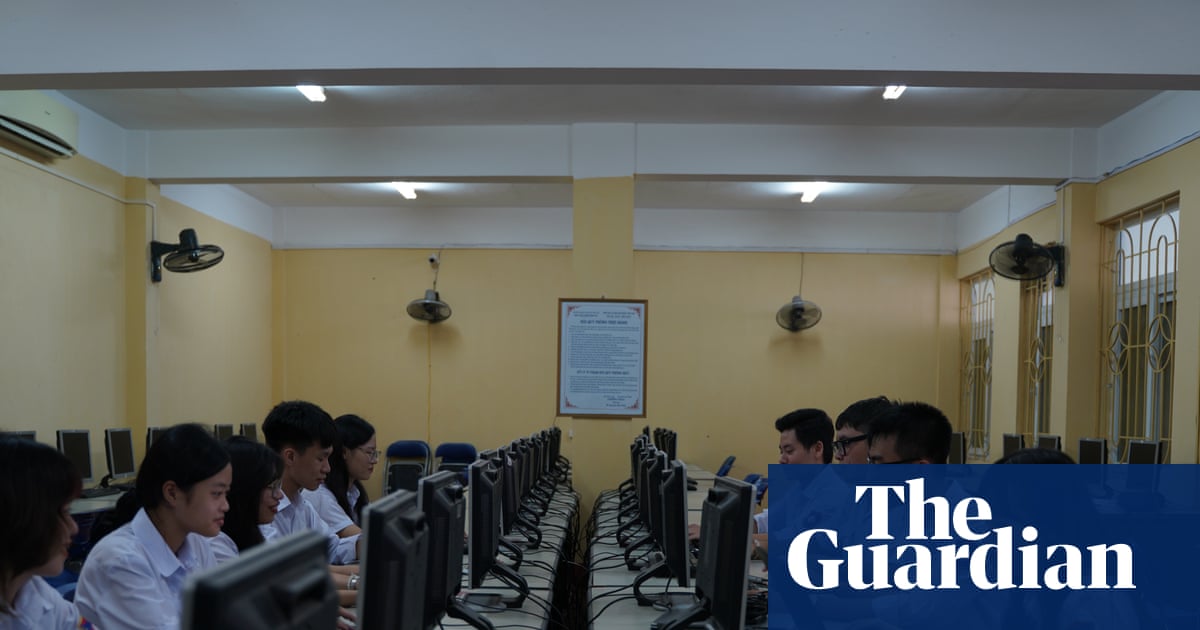
Inside teamLab’s immersive art empire
An interview with the cofounder of Tokyo-based immersive gang, teamLab.
"What people have created historically just happened to be tangible objects, so that’s how people perceive the world, but there’s actually a lot of the world that is not object-based in the physical sense,’ Inoko explains. ‘Wouldn’t it be great if people’s perceptions of this world could expand further than that?’
Inoko says teamLab’s preoccupation with massless sculptures builds on the offering at teamLab Borderless in Tokyo, where works are inseparable from their environment – responding to one another and to viewers. It could also be traced back further, to facile criticisms that their early work, powered by software, is not art because it is not something you can hold."

Contribution analysis
A useful idea from Sarah Morton when it comes to thinking about change.
"In the real world, change is rarely linear. Outcomes and impact are shaped by collaboration, context, and are sometimes serendipitous. So how do you understand your impact when so many factors are at play?
This is where Contribution Analysis comes in. I was fortunate to be introduced to it by Erica Winbush, then Evaluation Lead for Public Health Scotland. It is a complexity-informed, but still practical framework for understanding change.
The language of contribution makes so much sense - you don't claim your initiative CAUSED high-level outcomes, instead you highlight what your unique CONTRIBUTION to change is."
As someone said in the comments "I love this framework as it allows for understanding people who don’t have a ‘prominent role’ as key and significant in making social change. I’ve seen the way this works in practice and found it generally an undervalued and misunderstood concept. Good to see a way of changing that. Even if you don’t realize/it may not seem you are contributing you are- so much of the time!"
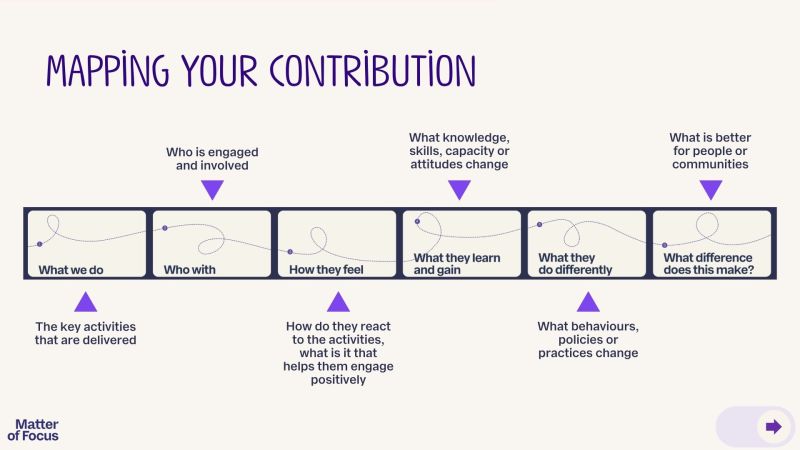
Attitudes to Digital Accessibility 2025
I saw Robin Christopherson shared the AbilityNet 2025 Attitudes to Digital Accessibility survey this week.
Share it, fill it in, and keep an eye out for the results.
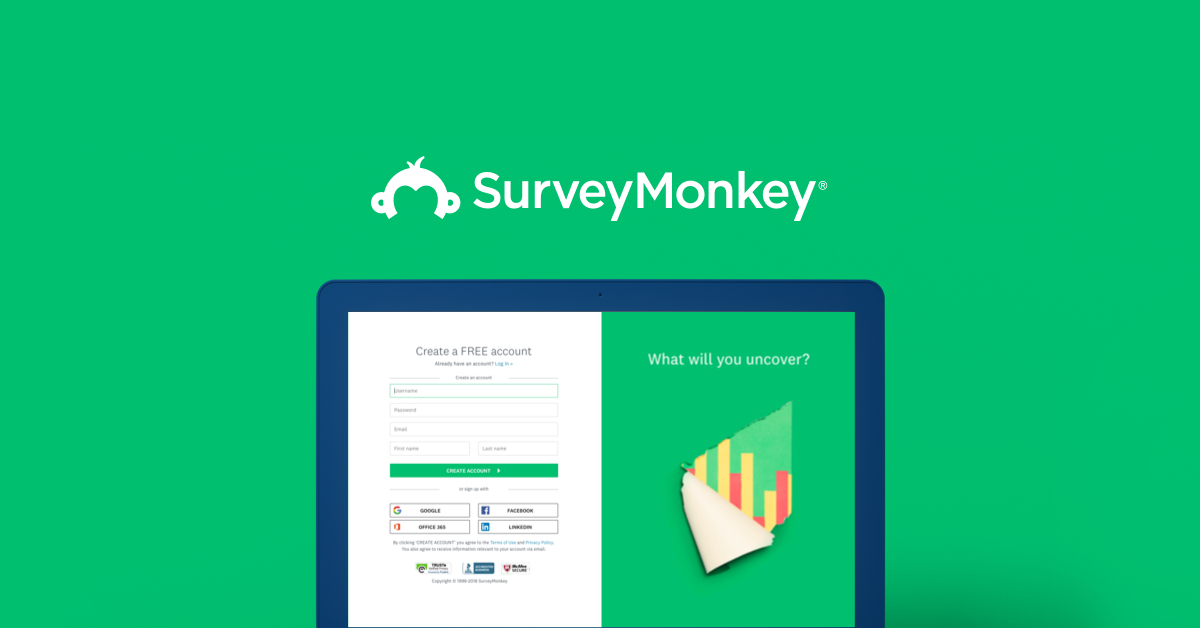
Could a $5-a-Year Campaign Replace Federal Funding?
An ambitious proposal on federal funding alternatives from Brett Egan.
Although I'd suggest this is probably (sadly) a case of Betteridge’s Law in action.
"So, what might a future approach entail? I propose a federated campaign to support the arts modeled after successful efforts by the Salvation Army, Nature Conservancy, and United Way. Through small contributions from Americans who care about their museums, arts organizations, and libraries, a national fund could be built that provides steady, apolitical support to these institutions.
The ask is simple: five dollars per taxpayer per year. If America’s 153 million taxpayers contributed, the campaign would well exceed the approximately $600 million in grants awarded last year by the NEA, the National Endowment for the Humanities, and Institute of Museum and Library Services combined. Public radio and television, also in tumult, could be included for another dollar or two per year. Of course, not every taxpayer would donate, but I suspect many would give more, as would corporations and foundations, making up for those who opt out."
How children play during school breaks
Architects Honorata Grzesikowska and Ewelina Jaskulska observed how children play during school breaks and the (highly gendered) implications of school yard design.
You can read their full report (with recommendations about what a school yard could/should look like) here.
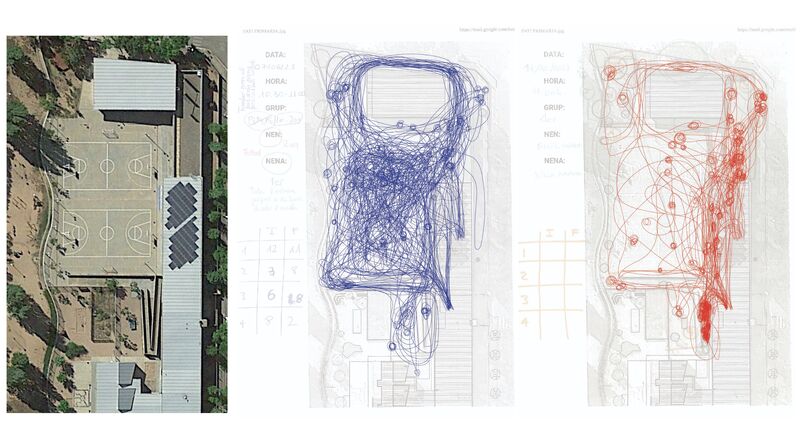
The Quintessential Urban Design of ‘Sesame Street’
And on the subject of the design of spaces, a fun article about the urban design of Sesame Street.
"On Sesame Street, the stoop, the outdoor-dining space in front of Hooper’s convenience store, and Elmo’s wide-open window blur the boundaries between public and private space, fostering neighborly interactions between characters.
Street noises in the background and neighbors hollering through windows signal to viewers that this block is not a wealthy one. The streetscape, Mr. Looker said, “is an extension of people’s homes.”"
TV's best (and worst) historical epics
I enjoyed this run-down of historical TV epics from the Guardian.
The phrase "pump-action bum gun" made me laugh.
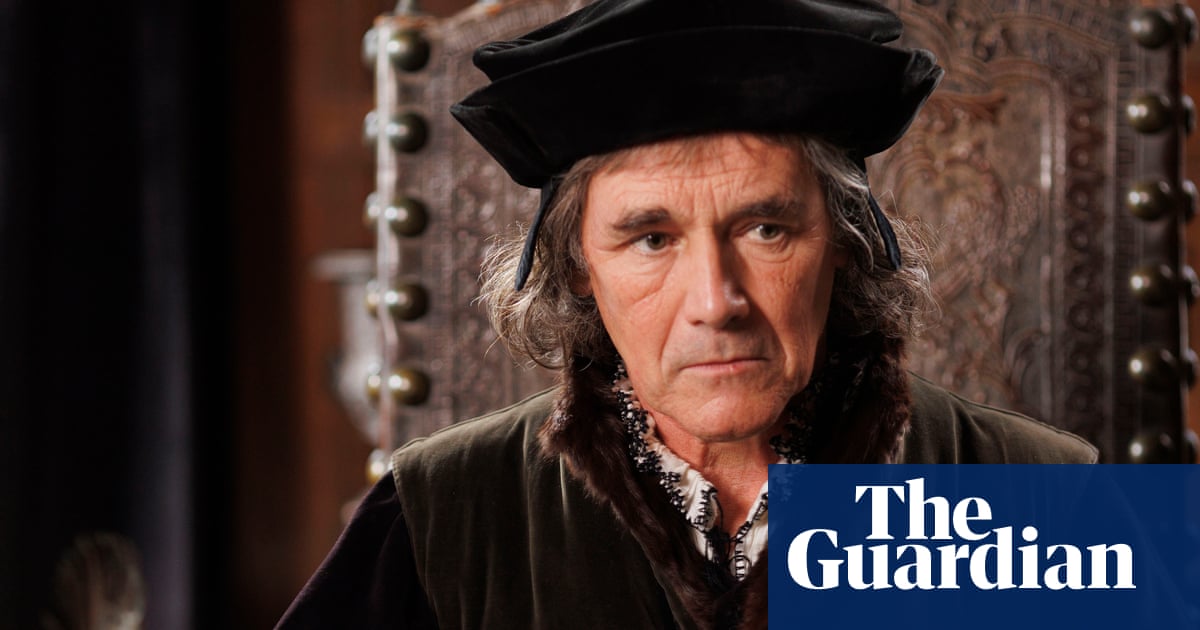
Last week's best things
Here are the 3 most popular links from last week's edition:
- What I Learned Going Viral On Museum Twitter - I also saw that there was some follow-up discussion about this elsewhere in response to posts from Adam and Danny.
- Rachel Coldicutt had some sensible thoughts about the UK's new Online Safety Act.
- Giles Turnbull shares a whole load of examples of people and organisations working in the open.
This week's consumption
I've spent most of this week trying to choose some new trail running shoes. I have feet that are clown-like in their proportions which makes everything quite annoying.
Martyr! by Kaveh Akbar continues to be excellent, and in this week's adventures in vinyl we listened to the Czech legend, Karel Gott.
See you next week
Thanks for reading all the way to the end, please enjoy the fact that the Yale School of Art website looks like this.
To finish, a quick reminder that I'm a consultant who helps cultural organisations do better digital work. Here are some workshops I offer.
I'm also currently working with organisations on things involving:
- user research to inform digital investment priorities,
- technical strategy,
- leadership development,
- 'critical friend' advice,
- project governance,
- digital strategy,
- and digital readiness.
If it sounds like I could be useful, then let's chat.





